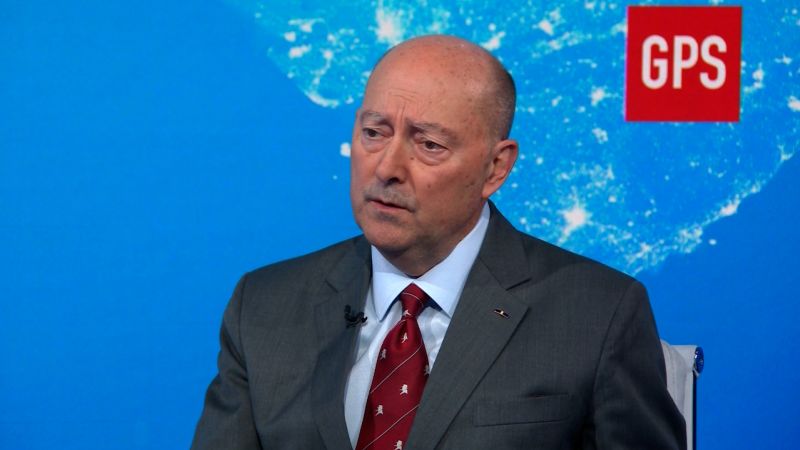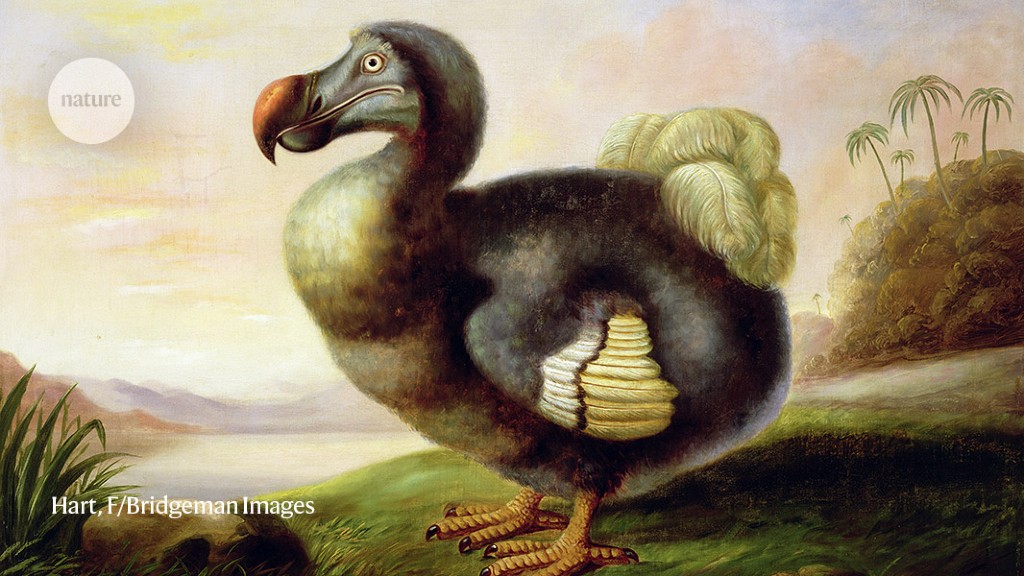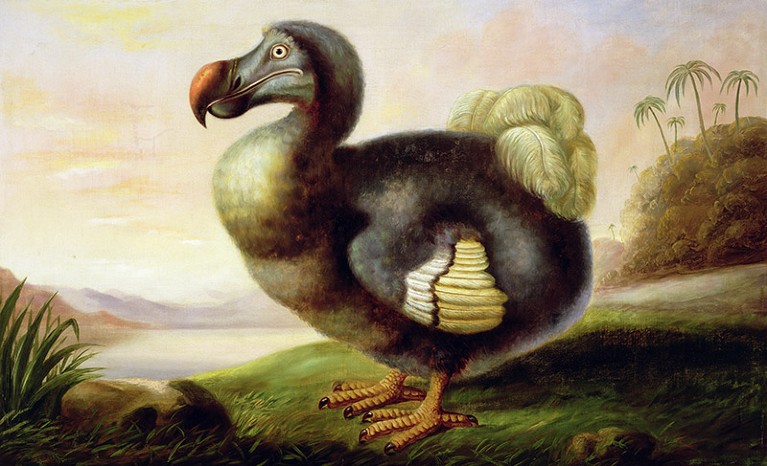The flightless dodo went extinct in the seventeenth century. Biotech company Colossal Biosciences plans to resurrect it.Credit: Hart, F/Bridgeman Images
A biotech company announced an audacious effort to ‘de-extinct’ the dodo last week. The flightless birds vanished from the island of Mauritius — in the Indian Ocean — in the late seventeenth century, and became emblematic of humanity’s negative impacts on the natural world. Could the plan actually work?
Colossal Biosciences, based in Dallas, Texas, has landed US$225 million in investment (including funds from the celebrity Paris Hilton) — having previously announced plans to de-extinct thylacines, an Australian marsupial, and create elephants with woolly mammoth traits. But Colossal’s plans depend on huge advances in genome editing, stem-cell biology and animal husbandry, making success far from certain.
“It’s incredibly exciting that there’s that kind of money available,” says Thomas Jensen, a cell and molecular reproductive physiologist at Wells College in Aurora, New York. “I’m not sure that the end goal they’re going for is something that’s super feasible in the near future.”
Iridescent pigeons
Colossal’s plan starts with the dodo’s closest living relative, the iridescent-feathered Nicobar pigeon (Caloenas nicobarica). The company plans to isolate and culture specialized primordial germ cells (PGCs) — which make sperm and egg-producing cells — from developing Nicobars. Colossal’s scientists would edit DNA sequences in the PGCs to match those of dodos using tools such as CRISPR. These gene-edited PGCs would then be inserted into embryos from a surrogate bird species to generate chimeric — those with DNA from both species — animals that make dodo-like egg and sperm. These could potentially produce something resembling a dodo (Raphus cucullatus).
To gene-edit Nicobar pigeon PGCs, scientists first need to identify the conditions that allow these cells to flourish in the laboratory, says Jae Yong Han, an avian-reproduction scientist at Seoul National University. Researchers have done this with chickens, but it will take time to identify the appropriate culture conditions that suit other birds’ PGCs.
A greater challenge will be determining the genetic changes that could transform Nicobar pigeons into Dodos. A team including Beth Shapiro, a palaeogeneticist at the University of California, Santa Cruz, who is advising Colossal on the dodo project, has sequenced the dodo genome but has not yet published the results. Dodos and Nicobar pigeons shared a common ancestor that lived around 30 million to 50 million years ago, Shapiro’s team reported in 20161. By comparing the nuclear genomes of the two birds, the researchers hope to identify most of the DNA changes that distinguish between them.
Insights from rats
Tom Gilbert, an evolutionary biologist at the University of Copenhagen, who also advises Colossal, expects the dodo genome to be of high quality — it comes from a museum sample he provided to Shapiro. But he says that finding all the DNA differences between the two birds is not possible. Ancient genomes are cobbled together from short sequences of degraded DNA, and so are filled with unavoidable gaps and errors. And research he published last year comparing the genome of the extinct Christmas Island rat (Rattus macleari) with that of the Norwegian brown rat (Rattus norvegicus)2 suggests that gaps in the dodo genome could lie in the very DNA regions that have changed the most since its lineage split from that of Nicobar pigeons.
Even if researchers could identify every genetic difference, introducing the thousands of changes to PGCs would not be simple. “I’m not sure it’s feasible in the near future,” says Jensen, whose team is encountering difficulties making a single genetic change to the genomes of quail.
Focusing on only a subset of DNA changes, such as those that alter protein sequences, could slash the number of edits needed. But it’s still not clear that this would yield anything resembling a wild dodo, says Gilbert. “My worry is that Paris Hilton thinks she’s going to get a dodo that looks like a dodo,” he says.
A further problem will be the need to find a large bird, such as an emu (Dromaius novaehollandiae), that can act as the surrogate, says Jensen. “Dodo eggs are much, much larger than Nicobar pigeon eggs, you couldn’t grow a dodo inside of a Nicobar egg.”
Chicken embryos are fairly receptive to PGCs from other birds, and Jensen’s team has created chimeric chickens that can produce quail sperm — efforts to generate eggs have failed so far. But he thinks it will be far more challenging to transfer PGCs — particularly heavily gene-edited ones — from one wild bird into another.
Conservation boon?
Colossal chief executive Ben Lamm acknowledges these hurdles, but argues they aren’t dealbreakers. Work towards dodo de-extinction will help with conservation efforts for other birds, he adds. “It will bring a lot of new technologies to the field of bird conservation,” agrees Jensen.
Vikash Tatayah, conservation director at the Mauritian Wildlife Foundation in Vacoas-Phoenix, is also enthusiastic about the attention dodo de-extinction could bring to conservation. “It’s something we would like to embrace,” he says.
But he points out that the predators that threatened the dodo in the seventeeth century haven’t gone away, whereas most of its habitat has. “You do have to ask,” he says, “if we could have such money, wouldn’t it be better spent on restoring habitat on Mauritius and preventing species from going extinct?”








More News
Author Correction: Stepwise activation of a metabotropic glutamate receptor – Nature
Changing rainforest to plantations shifts tropical food webs
Streamlined skull helps foxes take a nosedive